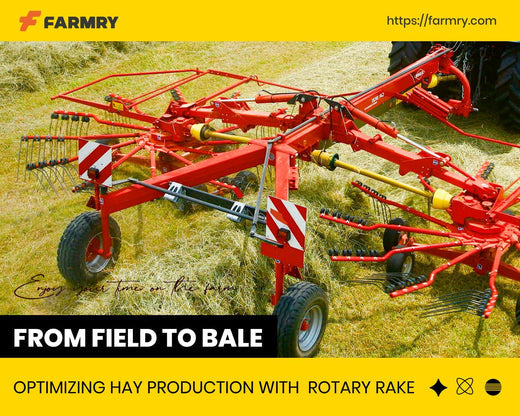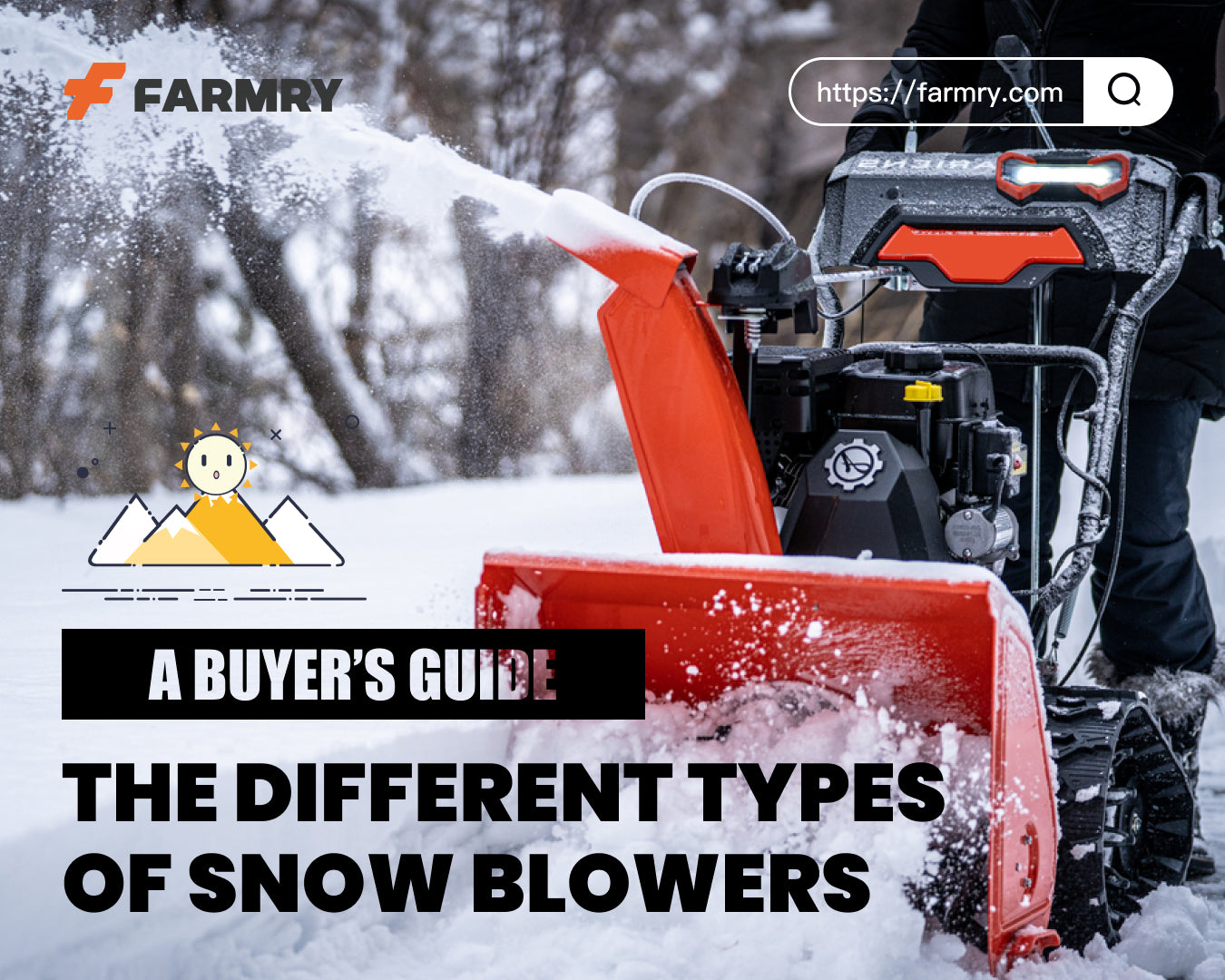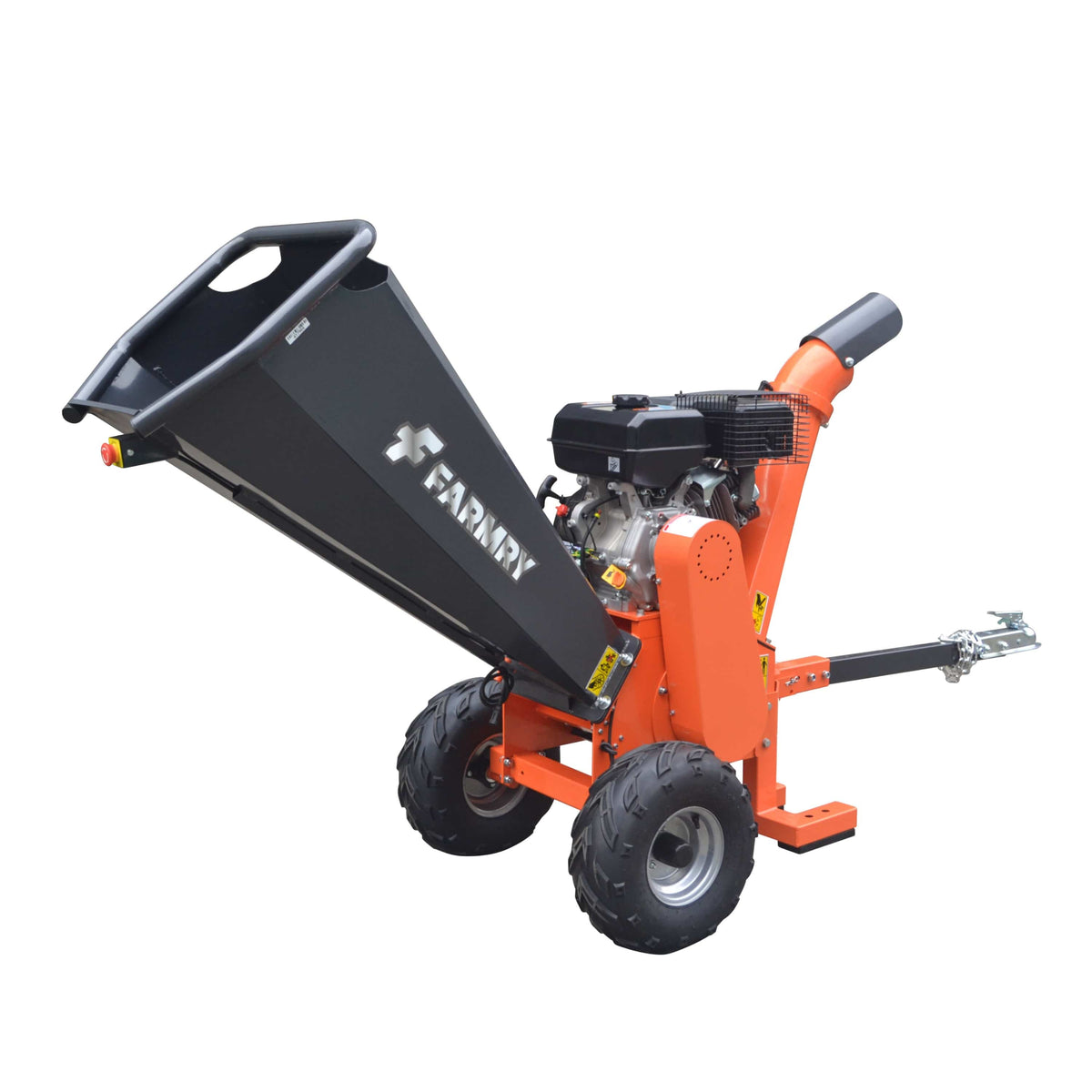PTO Flail Mower vs Brush Hog: Which Is Better for Heavy‑Duty Mowing?
 PTO Flail Mower vs Brush Hog: Which Is Better for Heavy‑Duty Mowing?
PTO Flail Mower vs Brush Hog: Which Is Better for Heavy‑Duty Mowing?
Introduction
Are you dealing with thick grass, tough weeds or heavy brush on your land? You might have heard of brush hogging with a rotary cutter, or considered upgrading to a flail mower. Both attach to your tractor’s pto shaft, but each tackles the job differently. Let’s explore which tool fits your needs best—from performance and safety to cutting finish.
What Is Brush Hogging?
Brush hogging uses a rugged rotary cutter—a deck with spinning blades—to power through tall vegetation fast.
-
Pros: Covers wide areas quickly, handles tall weeds and saplings.
-
Cons: Leaves a rough finish, risks hitting rocks or flinging debris, less control near obstacles.
Brush hogs are ideal for fast overgrowth clearing, but don’t offer a clean cut or finesse.
What Is a Flail Mower?
A flail mower features a multi‑blade drum (or multi spindle) system that rotates internally.
-
Blades: Comes with y blades for smooth grass trimming, or heavy blades for thicker material.
-
Advantages: Safer near obstacles, superior mulching, and reduced debris throw.
-
Downside: Slightly slower and more complex than a rotary cutter, but maintenance is easy—just swap individual blades.
Side‑by‑Side: Flail Mower vs Brush Hog
|
Feature |
Brush Hog (Rotary Cutter) |
PTO Flail Mower |
|---|---|---|
|
Cut Quality |
Rough, shredded |
Fine, clean cut, mulched |
|
Debris Throw |
High (can hit rocks) |
Low (internal drum) |
|
Terrain Suitability |
Open, flat land |
Uneven fields, ditches, slopes |
|
Safety |
Risk of flying debris |
Safer near people, buildings |
|
Blade Maintenance |
Fewer, larger blades |
Multiple y blades or heavy duty flail blades |
|
Maneuverability |
Gets heavy on rough terrain |
Better maneuverability, smoother with rear wheel or roller |
When a Brush Hog Makes Sense
Choose a rotary cutter if you need to mow large, open fields quickly, and a coarse finish is acceptable. It handles heavy saplings well and excels at rapid clearing.
Why a PTO Flail Mower Might Be Smarter
Choose a flail mower when you need:
-
Safer operation near farm buildings, fences or animals
-
A mulched, neat look
-
Trusted performance in uneven fields or slopes
-
Adjustability—with rear wheel or roller, it scalps less and adapts to complex terrain
Modern flail mower designs offer side shift features and hammer blades, making them incredibly versatile for everything from roadside trimming to pasture maintenance.
Matching Horsepower & Cutting Width
-
Small flail mowers (45–61″) run on 15–35 HP—ideal for basic grass and light brush
-
Larger models require 60–100 HP—no more being hp limited
-
Always check compatibility with your pto shaft and tractor hitch setup
What Makes a Great Flail Mower?
-
Durable drum with multi spindle flail rotation
-
Options for y blades or hammer blades depending on task
-
Features like a roller or rear wheel for smoother passes
-
Compact design for better maneuverability in tight or sloped spaces
-
Designed to mulch material finely, even when cutting brush or woody growth
FAQs
What is brush hogging best for?
It’s ideal for clearing tall brush and saplings fast, but leaves uneven results and may pose safety risks.
Will a flail mower really squash brush?
Yes—modern models with heavy duty flail blades can shred branches and thick grass efficiently, with less mess.
Why choose y blades vs hammer blades?
For smooth terrain or fine trimming, y blades offer a cleaner cut and lighter load. For dense brush, hammer blades perform better.
Can my tractor handle this?
Compact flail mowers start at 15 HP, while larger models may need more hp. Make sure your pto shaft and 3-point hitch match the mower specs.
Is maintenance a hassle?
Nope—flails are easy to replace individually, and the belts and rotor are built for rugged use.
Conclusion
If you need speed on wide-open land, brush hogging works. But if safety, precision, and mulch-friendly cutting matter more, a flail mower is your best bet. From brush cutter capability to safety near obstacles, flail mowers are winning over more landowners—especially those who want durability, flexibility, and a clean cut every time.







